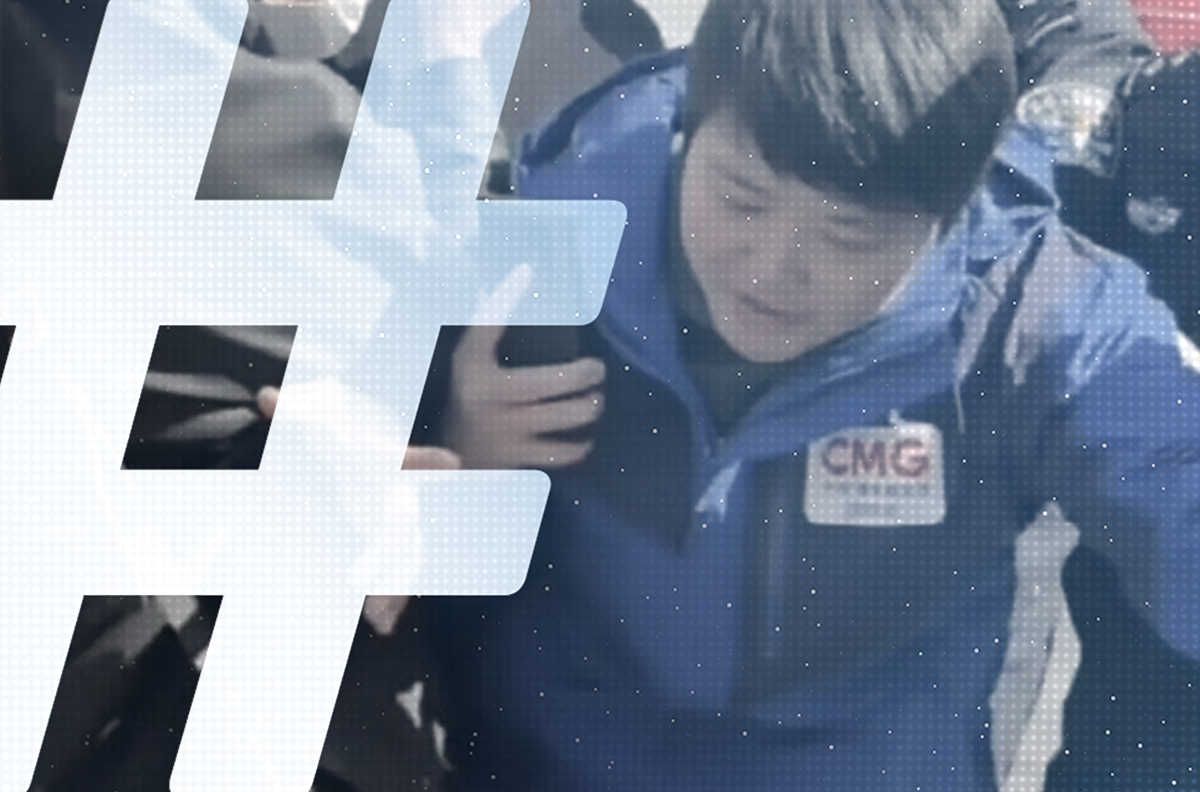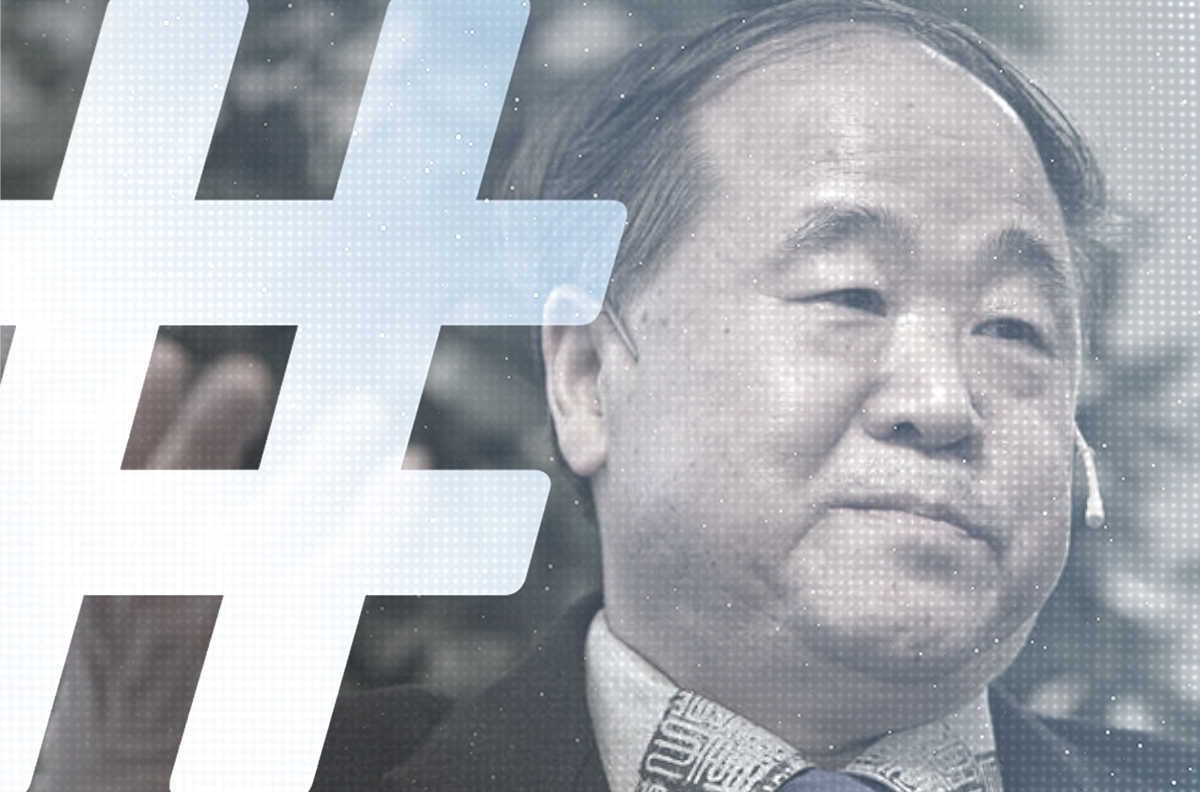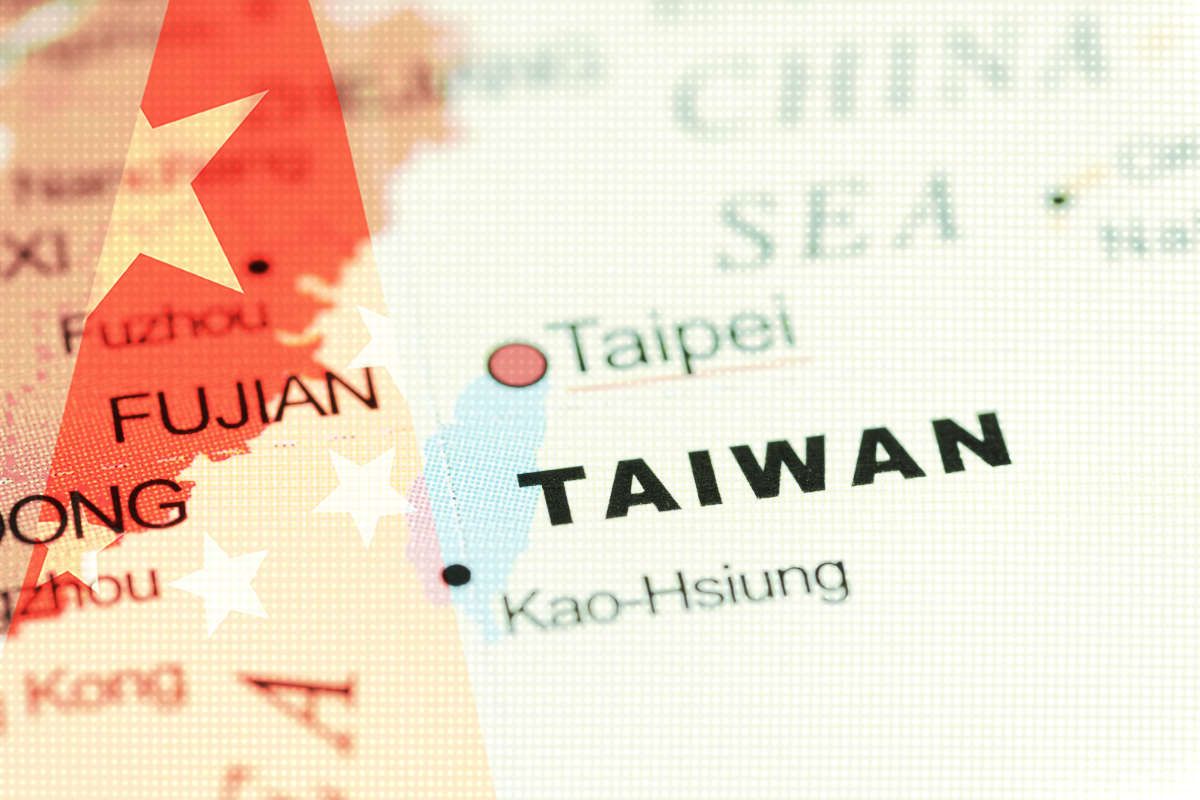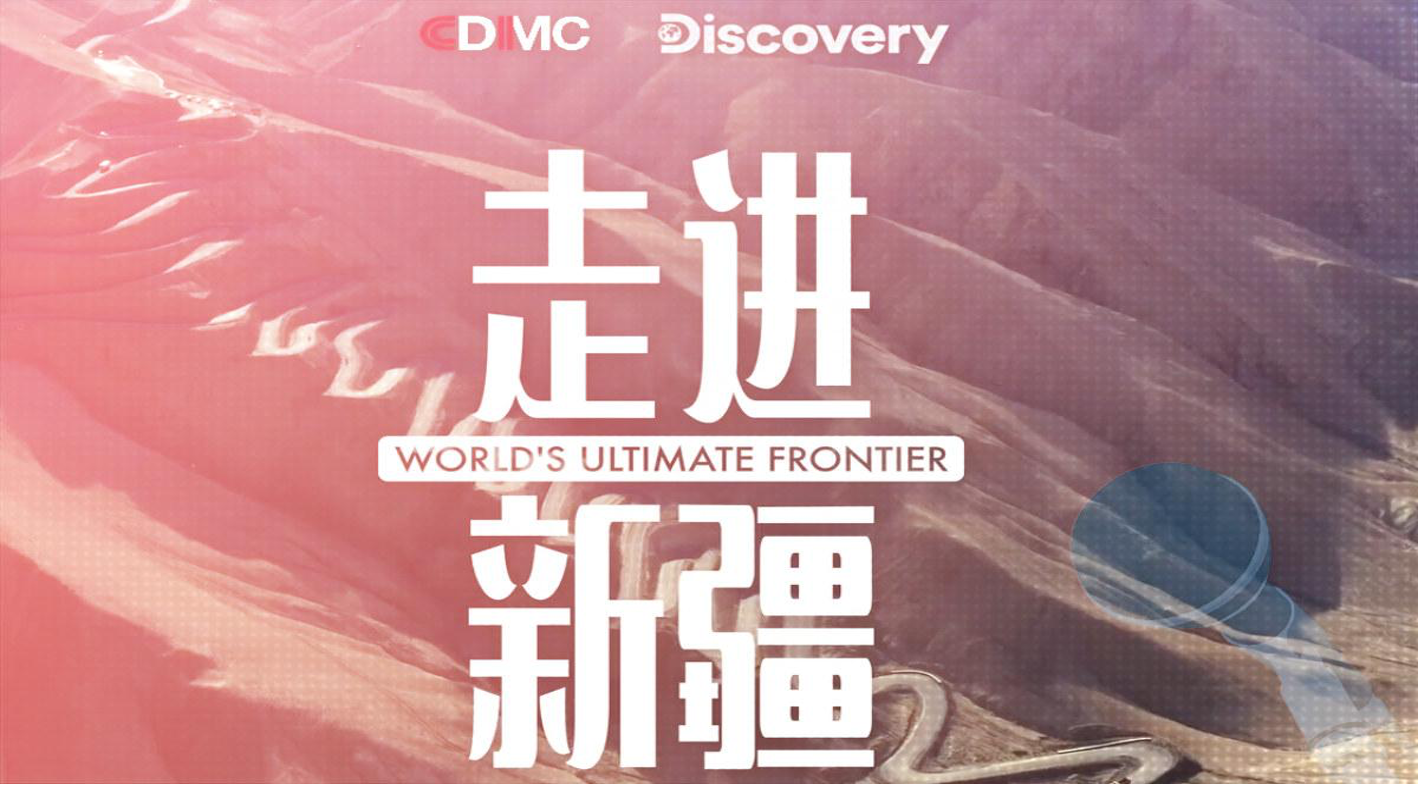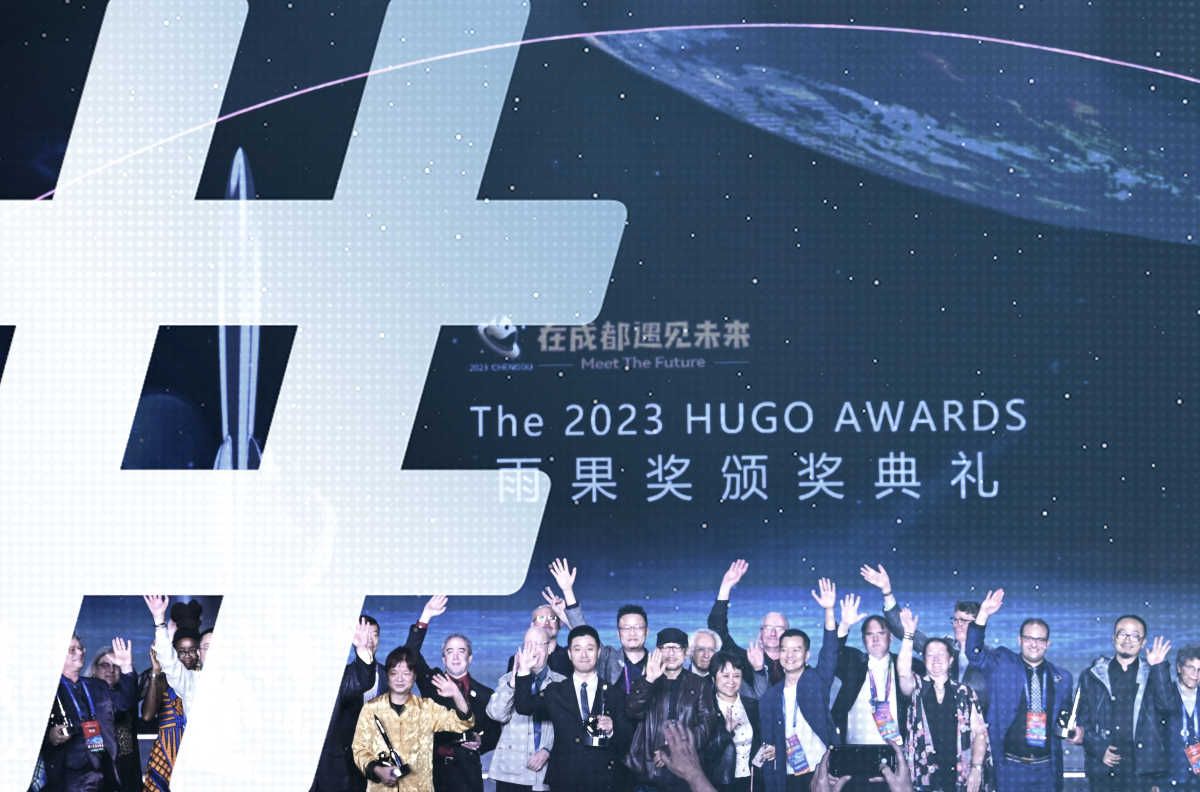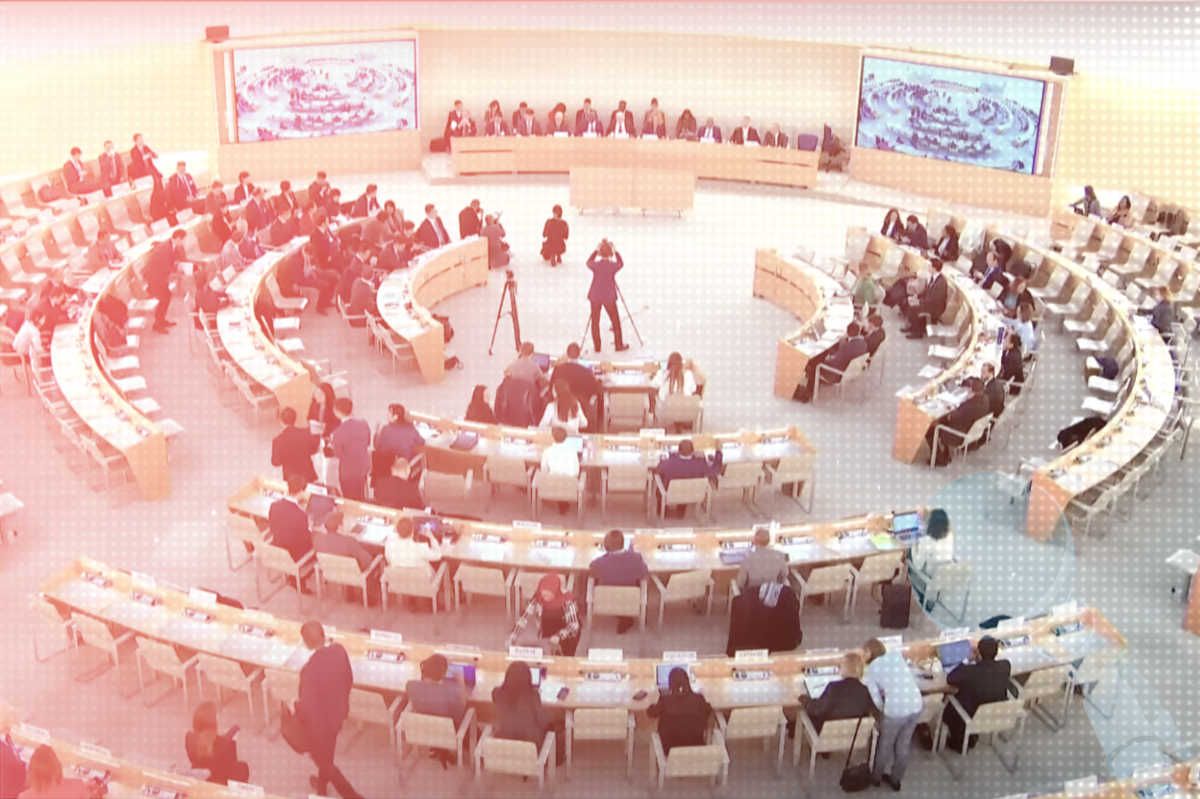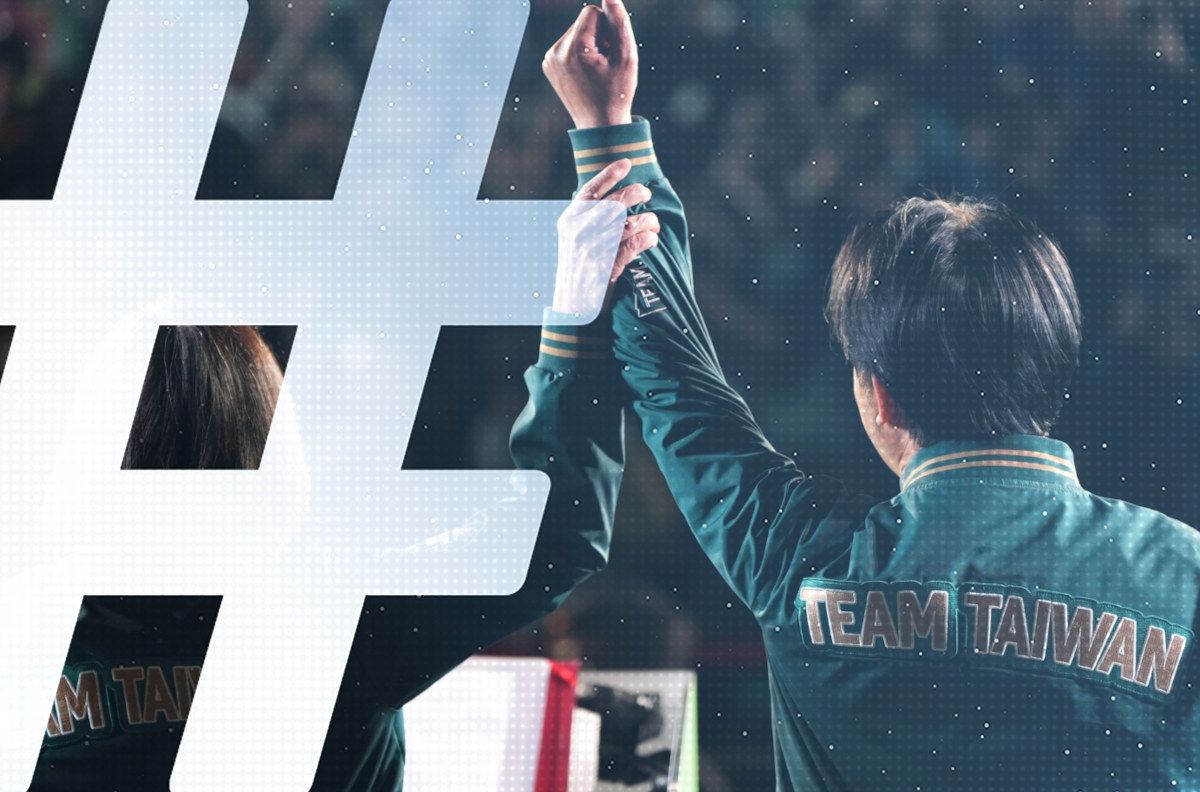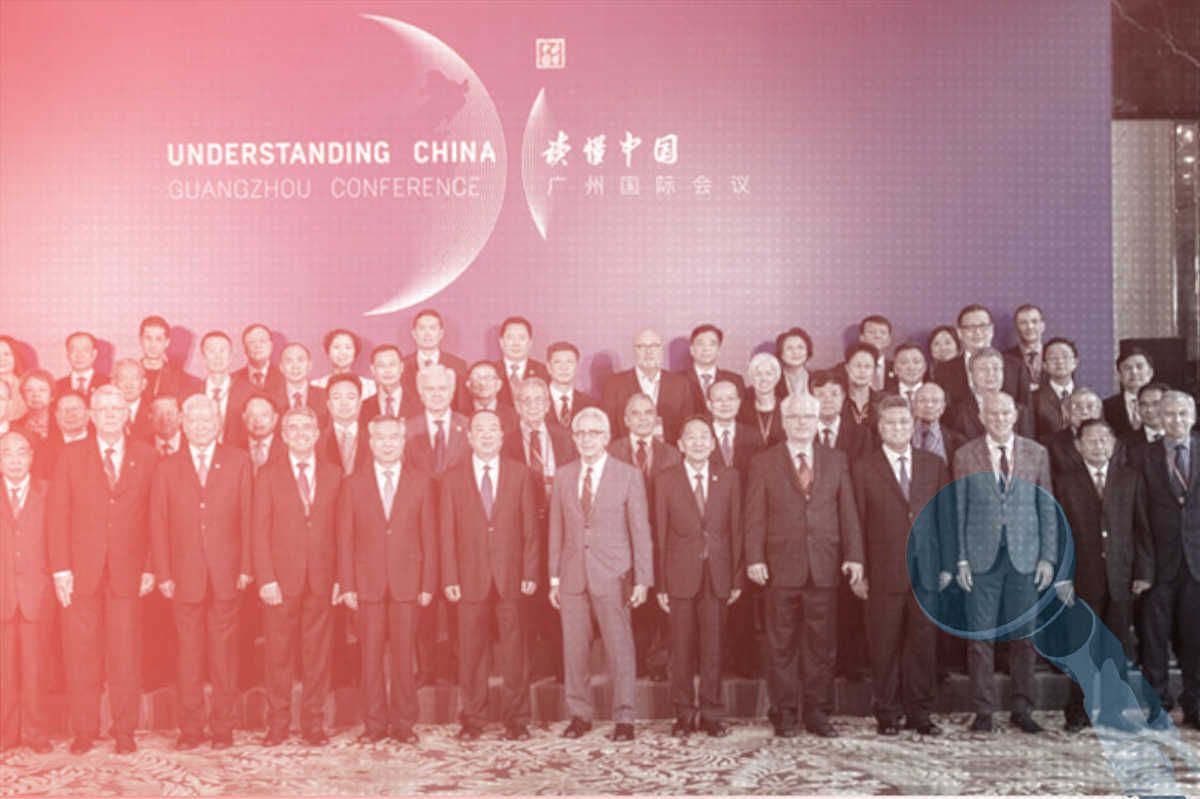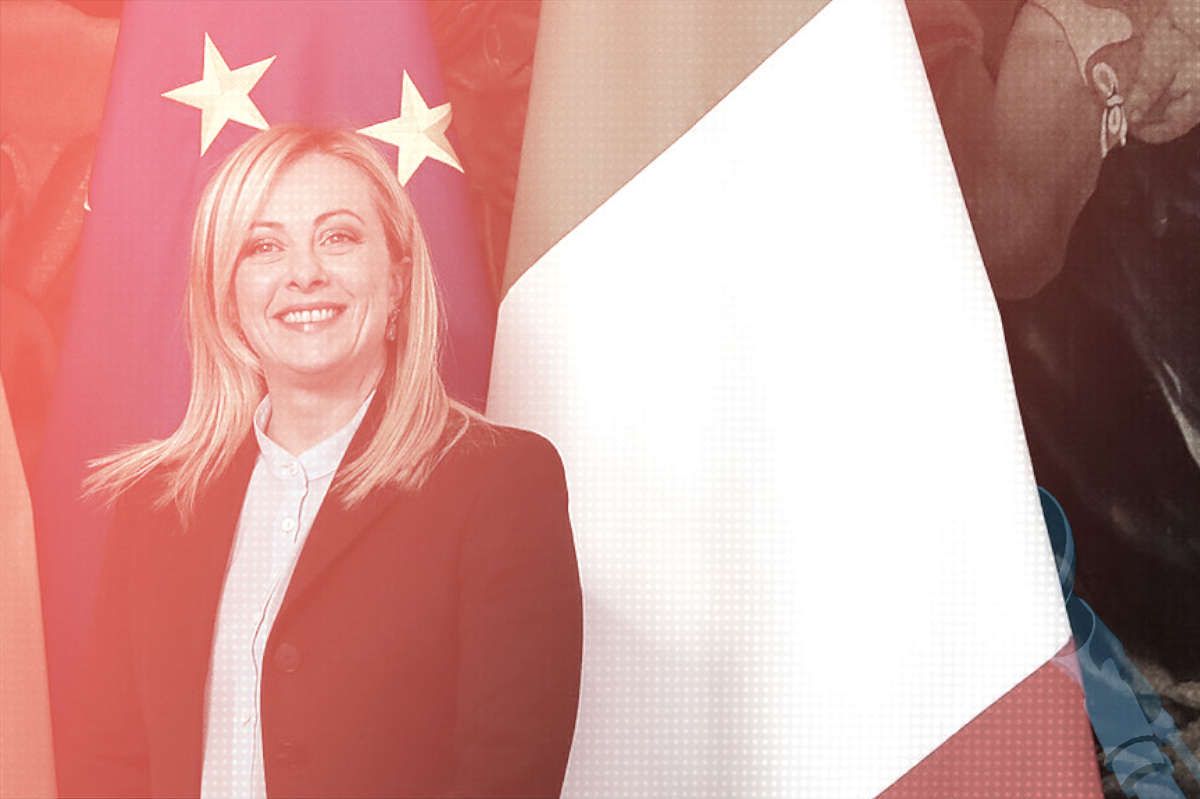FIVE YEARS AGO, as Weibo and other platforms were shaping breaking news in China, it was possible to imagine new possibilities for an engaged digital citizenry. Netizens, activists and journalists spoke hopefully about “the surrounding gaze” and the coalescing of “micro-forces” as tens of thousands, even millions, became actively involved with social issues online, often impacting the government response.
Those days are gone. Since 2013, the Chinese Communist Party has moved to reassert its dominance over the message. Not only has General Secretary Xi Jinping, using the strongest language in decades, re-staked the CCP’s longstanding claim to media control — saying all media, from traditional newspapers to mobile platforms, “must be surnamed Party.” He has also moved aggressively against influential Weibo users, effectively muzzled the more outspoken commercial press, and placed himself at the helm of a powerful new Central Leading Group for Cyberspace Affairs.
These days, it is the Party bureaucrat, as much or more than the netizen, who can look at the changes convulsing the world of media and information and see a world of infinite possibilities. As the media landscape is being reshaped globally, China’s leaders glimpse an opportunity to climb back to the top of the hill. The Chinese Communist Party, they say, can lead the innovation charge, ensuring the brave new world of new media defends and energises its own dominant position.
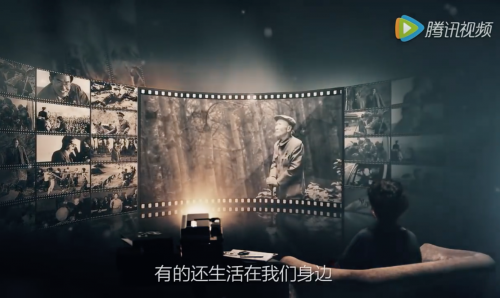
[ABOVE: Screenshot of a Xinhua News Agency multimedia project released in June this year to celebrate the anniversary of the Chinese Communist Party.]
On September 1, a page four piece in the People’s Daily, placed right beside a report on a bland speech by propaganda chief Liu Qibao (刘奇葆), outlined the immense opportunities that come with media innovation. The piece, called “Innovation, Making the Main Theme Even Brighter” (创新,让主旋律更响亮), was written by reporter Zhang Yang (张洋).
At one point, Zhang Yang’s article notes with evident pride the changes and innovations the People’s Daily made to the front page of its print edition on August 22, in the midst of of the Rio Olympics.
Basically, the newspaper, which is infamous in China and beyond for its dull and obsessive focus on meetings, tours and speeches by senior Party leaders, decided on that particular day to lead with — wait for it — sports news.
The photo at the top right of page one was not of Xi Jinping striding down a red carpet with a visiting dignitary. It was of a member of China’s national women’s volleyball team, which took gold in its match against Serbia, spiking the ball over the net. The photo accompanied a soaring commentary called “Strength, the Female Volleyball Spirit!” that had, according to Zhang Yang, “stirred the feelings of the public.”
For the staid People’s Daily, this front page may qualify as innovative. But that, as staffers at the newspaper would probably readily admit themselves in private, is an exceptionally low bar. However, before we roll our eyes at the inherent absurdity of the People’s Daily innovating, we should look more seriously at the innovation happening beyond the printed page, appreciating the immense resources the media group has at its disposal.
Zhang Yang’s piece quickly moves beyond this very limited notion of breakthrough to the group’s attempts to broaden its reach for the benefit of the Party’s “main theme,” an old buzzword referring to its political line.
How have state media tried to sex up coverage of Xi Jinping while keeping it serious? Well, Zhang Yang can tell you.
A partial translation of the People’s Daily piece is below the jump. I have not translated substantial portions including the specifics of how the People’s Daily, Xinhua News Agency and China Central Television have approached coverage in the digital era — but they are worth a look in Chinese for anyone interesting in learning more in this area.
For those who wish still to relish the hokey nature of much of the CCP’s propaganda material, however “innovative,” we commend this video produced by Xinhua News Agency, also mentioned with praise by Zhang Yang. One-dimensional messages and cheap emotions aside, it is impossible to deny that productions like this one demonstrate much better technical skill than many productions in the past.
“Innovation, Making the Main Theme Even Brighter” (创新,让主旋律更响亮)
Touchscreen reading (触屏阅读) has not only changed our means of disseminating knowledge, but has revolutionised the way we live. Digital media have not only accelerated the rate at which information is refreshed, but have also changed our social mentality. The public opinion environment, media patterns and modes of transmission — all have undergone profound changes, demanding that the Party’s news and public opinion work face the task of strengthening innovation.
At the Party’s News and Public Opinion Work Forum on February 19 this year, General Secretary Xi Jinping emphasised: “As circumstances develop, the concepts, content, styles, forms, methods, industry formats, systems and mechanisms that drive the Party’s news and public opinion work must change, so that the direction and effectiveness [of our work] is raised.” These words clearly and concisely point the direction for raising the quality and efficiency of the Party’s news and public opinion work. Only if we constantly advance as we resolve problems, and aggressively innovate as we face challenges, can we constantly strengthen and solidify mainstream public opinion, better promote the main theme (弘扬主旋律), transmit positive energy (传播正能量), grasp discourse power (掌握话语权) and raise influence.
The Battleground Is Where the Audience Is: Building a New Pattern of Public Opinion Channeling
At around 9:11 p.m. Beijing time on August 21, when China’s women’s volleyball team won gold [at Rio], reports about the match were everywhere. The People’s Daily showed great originality, not limiting itself to just one approach, resolutely deciding to no longer make constant repetitions of its text reporting. It tried a new approach with layered headline, image and commentary. When the front page came out on the 22nd, the headline “A Super Gold, Never Forget Your Heart” stood out on its own, and the [accompanying] commentary, “Strength, the Female Volleyball Spirit!” stirred the feelings of the public. As the newspaper innovated in terms of content and layout, [our] new media platforms worked in concert, and within an hour of coming out, the commentary had logged 380,000 views.
Wherever the audience is, that is the battleground for news and public opinion. Lately, the People’s Daily has already developed from a newspaper into a media group with more than 400 end products (终端) spanning more than 10 media types including newspapers, magazines, websites, television, radio, electronic displays, mobile papers, Weibo, WeChat and apps — encompassing an audience of more than 350 million. At the same time, we have created a Media Hub (中央厨房) operational system, encompassing both domestic and international [markets] and connecting the entire [media production] chain, thereby achieving resource sharing (资源共享), platform sharing (平台共用), joint collaboration (创意共生) and mutual output (成果共推). [In this way, we have] tentatively achieved convergence of planning (融策划), convergence of [content] gathering (融采集), convergence of production (融制作) and convergence of distribution (融传播).
On June 20, Xinhua News Agency released its micro-film multimedia product, “Red Temperament” (红色气质), made for the 95th anniversary of the foundation of the Chinese Communist Party, which gathered more than 200 million views. This is just one example of the the innovation of news products by Xinhua News Agency. Beginning from last year, Xinhua News Agency, emphasising innovation of content, advanced all at once new innovations in terms of its channels, mechanisms, personnel and technology, working hard to realise “three major transformations” (三大转变) in its news products and its supply services, making the transition from supplying traditional media demands to supplying multimedia demands . . . .
Enriching Styles and Methods, Fully Utilising the Advantages of the Development of Convergence
The demands of audiences are now much greater than ever before, and their ideas and concepts are more diverse than ever. Patterns of dissemination have been fragmented and differentiated. Relevant departments and the media have actively accommodated the change in circumstances, steadily diversifying their styles and methods, energetically promoting convergent development (融合发展), working to achieve a broadly encompassing dissemination through a multi-layered reporting system.
. . . . .
Innovation is an embodiment of the Party nature (党性); innovation is the realisation of guidance; innovation is a commitment to responsibility. Right now, “newness” is the objective before us, “newness” is what spurs us on, making innovation a normal state, and steadily strengthening the transmission, guidance force and influence of the Party’s news and public opinion.







